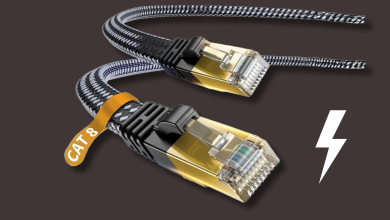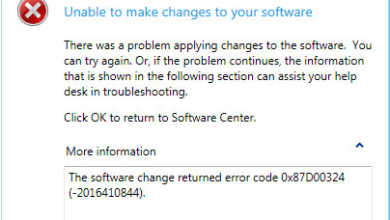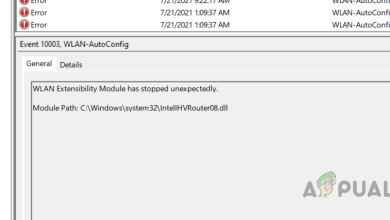How to Fix ‘Access Point Temporarily Full’ Error in Windows?
Attempting to connect to a Wi-Fi network and encountering the “Access Point Temporarily Full” error typically indicates that the router or access point has reached its maximum capacity for supporting simultaneous device connections. This scenario is common in environments where many devices are connected, like homes with an array of smart devices, or offices with high networking demands.
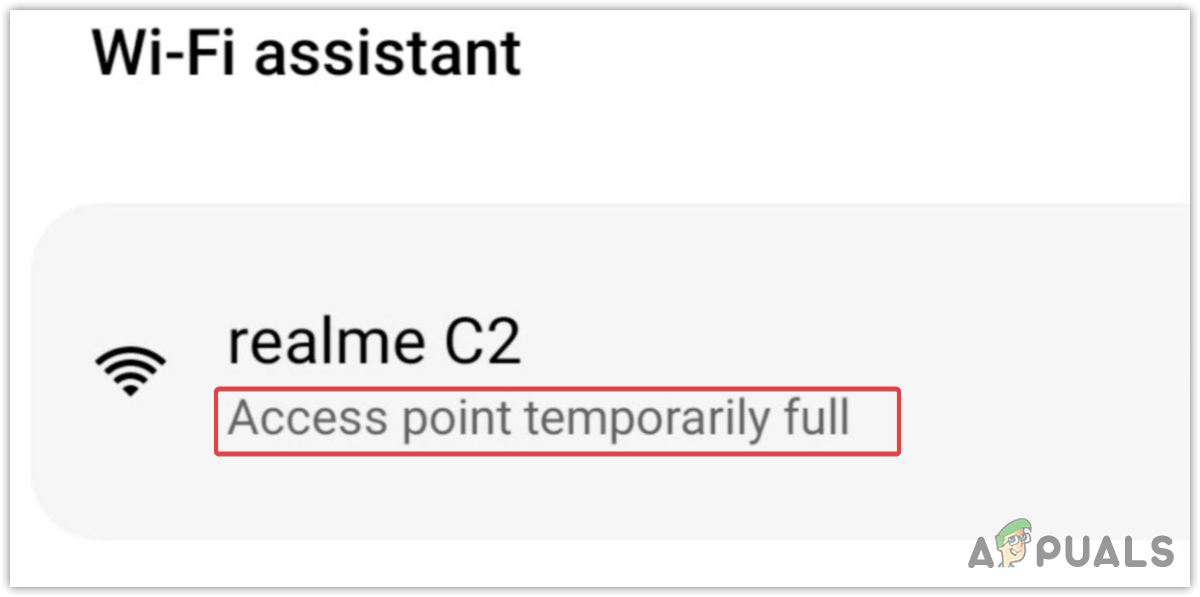
When a device is connected to the Access Point (AP) or Router, it automatically receives an IP address from the DHCP (Dynamic Host Configuration Protocol). Each AP has a set limit on the number of clients it can support. When this limit is reached, the AP is unable to accept additional clients, which leads to the “Access Point Temporarily Full” error.
This error often occurs for users who share a network connection through a hotspot, especially when the host has set a limit on the number of connectable devices within the hotspot settings.
Additionally, your Internet Service Provider (ISP) might impose restrictions on the number of clients that can connect to an access point, although this is less common.
Other contributing factors might include network settings that inadvertently restrict the number of possible connections or technical issues causing a false indication of a full network. Some users have reported that temporarily solving the problem by rebooting their router resets the list of connected devices and allows for new connections.
1. Increase the limit from your hotspot settings
If you encounter this error when trying to connect to a hotspot connection, request that the hotspot provider increases the connection limit in their settings. This way, you can connect without receiving an error message.
- Open Settings and navigate to Wireless Connection Settings.
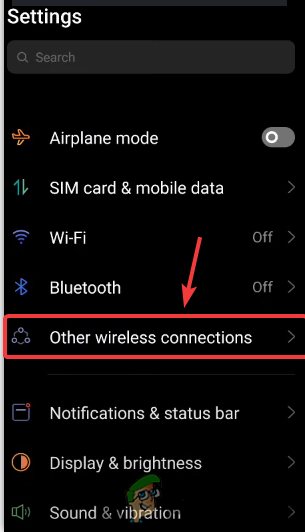
- Proceed to Hotspot Settings.
- Find and tap the option related to Connection Management or Connected Devices.
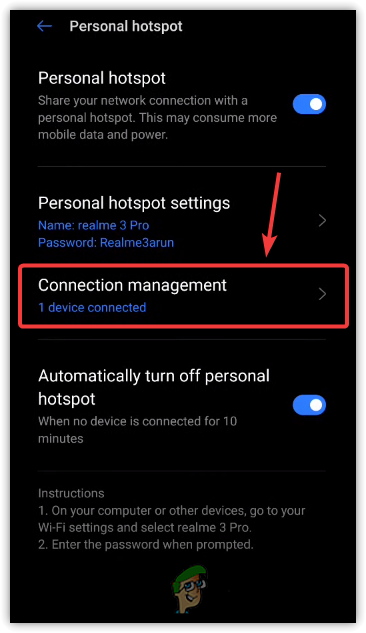
- Select Limit of Connected Devices or Maximum Allowed Connections and increase the limit or choose Unlimited.
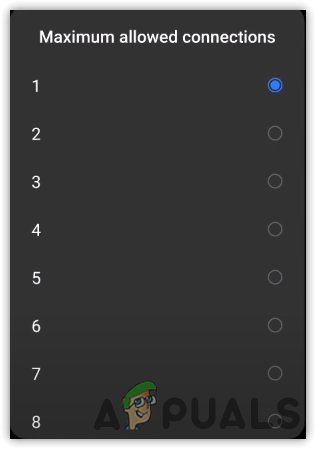
- Having done this, the issue should be resolved.
2. Contact your ISP to increase the limit
As mentioned before, your ISP might have set a limit for the AP. For routers, this tends to be more prevalent. You can ask your ISP to increase the limit, or you can attempt to modify it yourself by accessing the AP’s portal through your web browser.
3. Update your firmware
If your firmware is outdated and only supports a limited number of connections, such as 16, a firmware update could be available that allows for 32 connections or more. Access the portal to look for options related to the maximum number of connections or contact your ISP for help with updating the firmware. It’s best to explain the situation to them so that they can address the issue appropriately.
4. Enable the 2.5GHz and 5GHz bands
It is possible that your hardware only supports a limited number of clients, such as 10, on each band. If many clients are connected to the same band, this could be causing the “Access Point Temporarily Full” error. To rectify this issue, try enabling both the 2.5GHz and 5GHz bands.
- Press the Win key and type Command Prompt.

- Press Enter to open the Command Prompt.
- Type ipconfig/all and press Enter.
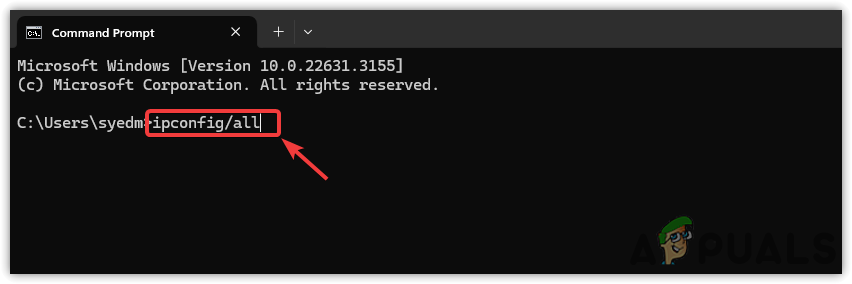
- Copy the default gateway IP and paste it into your web browser to access the router’s admin panel.
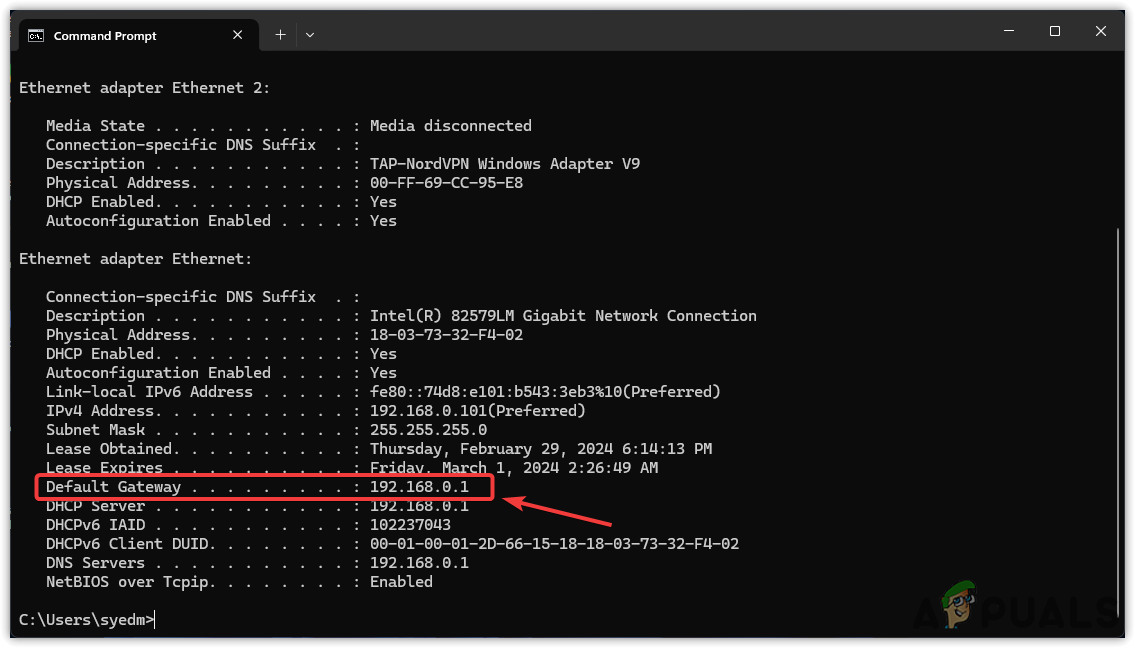
- Log in with the credentials, or try “admin” for both username and password if you are unsure of them.
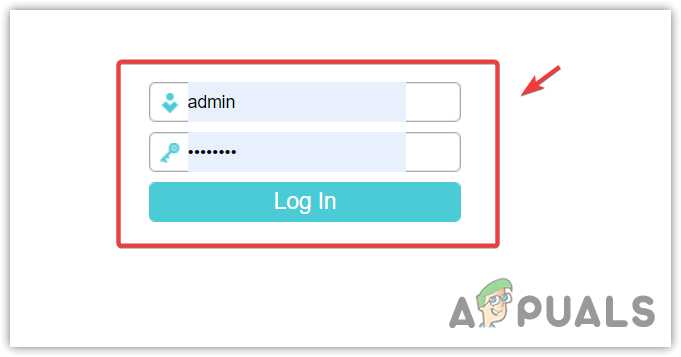
- Navigate to Network Settings.
- Enable Wireless 2.4 GHz and Wireless 5 GHz simultaneously.
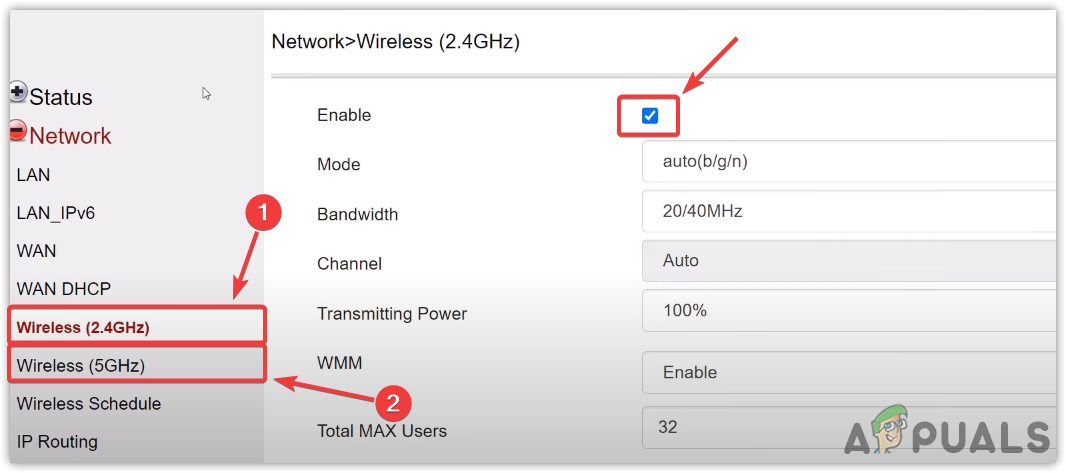
- Disconnect all devices from your router.
- Reconnect the devices and check if the error has been resolved.
If none of these solutions work, consider resetting the AP or the router. For assistance, it’s advisable to contact your ISP and follow their guidance to reset the router or AP, thus resolving the error.



